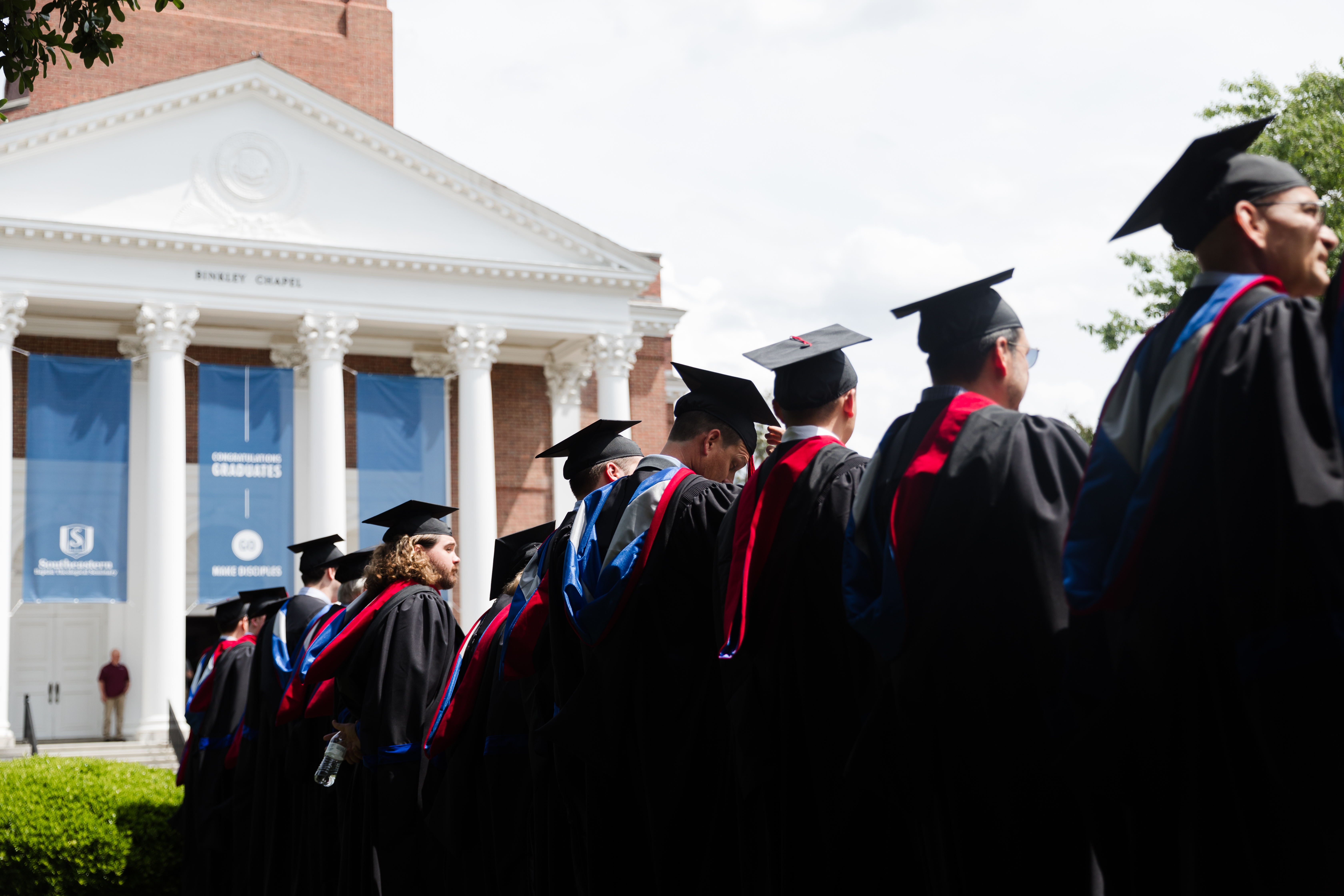The Spiritual Art of Business Cycle
1. Surrender: We begin by surrendering our all to Jesus.
2. Transformation: Our lives are transformed as we go from living for ourselves to living according to God’s design.
3. New Creation: We are aligned with God’s purposes to live, work, and relate as new creations.
4. Into the World: God then sends us into the world and transforms the world through us.
Rowan notes that this book will be different than most others. He intends the book to be “not so much read as to be experienced.” By this, he means that his plans for the book are more practical than intellectual. Even a quick reading will show the reader numerous reflections and applications at the end of each chapter. Rowan states his thesis as follows: “God uses our work to do his work in us. And as we are transformed by him, he will transform the world through us.”
As Rowan works through each section, he illustrates his principles with personal stories from the marketplace. In part one, “Submission,” Rowan offers more unflattering stories of his career than raving successes. The act of submission takes time and acknowledgement of brokenness. Rowan confesses that he had to be set free from his perfectionism and false god of achievement to submit his work life to God. In doing so, he discovered that abundance in life begins with abandonment to God.
In Part Two, “Transformed,” Barry Rowan provides new ways of thinking about faith and how they transform work.. Rowan believes God seeks to transform every element of our being so that our whole mind, heart, and soul will be filled with him. This second part offers readers short, practical chapters on topics such as being driven by love instead of fear and using our time well.
In Part Three, “Realigned,” Rowan seeks to imbue work with spiritual meaning. The realignment focuses primarily on motivation, moving a person from self-centeredness to God-centeredness. Rowan makes a clear distinction between meaning in work and purpose in life. First and foremost is Jesus Christ and his kingdom, meaning in our work can only come after knowing the purpose of life.
Finally, Part Four, “Sent,” puts business in the context of the sending work of God. Rowan argues that a right relationship with God and purpose beyond us offers workers an opportunity to nudge the world towards God. Rowan tells different stories of how love and service in the workplace open opportunities for gospel conversations. When the workplace becomes a space to live out transformed and realigned spiritual lives, Christians can move beyond the duties of a job and see it as a place to do what God has gifted and called them to do.
Rowan writes a readable and practical book for Christians in the workplace. He wants the book to be experiential, offering reflection questions at the end of each chapter. In the preface and conclusion, Rowan emphasizes the cycle that gives structure to the book. However, he offers only a few sentences as to how it functions as a cycle where being sent leads back into surrender. In the end, the cycle he claims functions more as principles or practices. The strength of the book comes with Rowan’s weaving of spiritual and biblical principles into numerous aspects of work life. The Spiritual Art of Business would be beneficial to the Christian looking to integrate the spiritual life into the workplace.





No comments have been added.